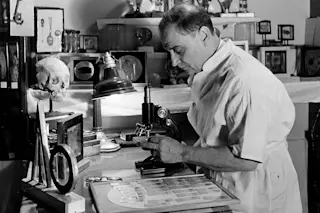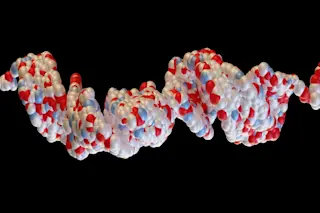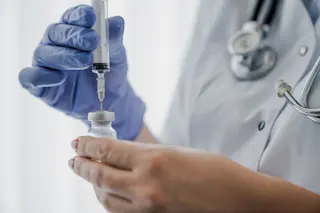Ninety-five days separated her from the gallows. It was 1923. Sabella Nitti was convicted of killing her husband, becoming the first woman in Chicago sentenced to die. The method would be hanging.
A badly decomposed body found in a suburban sewer was Nitti’s missing husband, Francesco, prosecutors said. No evidence linked Nitti to the crime scene, and there appeared to be no motive. But Nitti’s oldest son had his own motives; after Francesco went missing, the son swooped in and claimed the meager estate for himself. Nitti pushed back in probate court, and the son was ordered to repay his mother $800. On the witness stand, the son defiantly identified the corpse as his father and named his mother as the killer.
Edward Hatton, a forensic pathologist from the local coroner's office, testified at the trial, but he offered the jury no clarity. Hatton speculated that the person died from ...
















